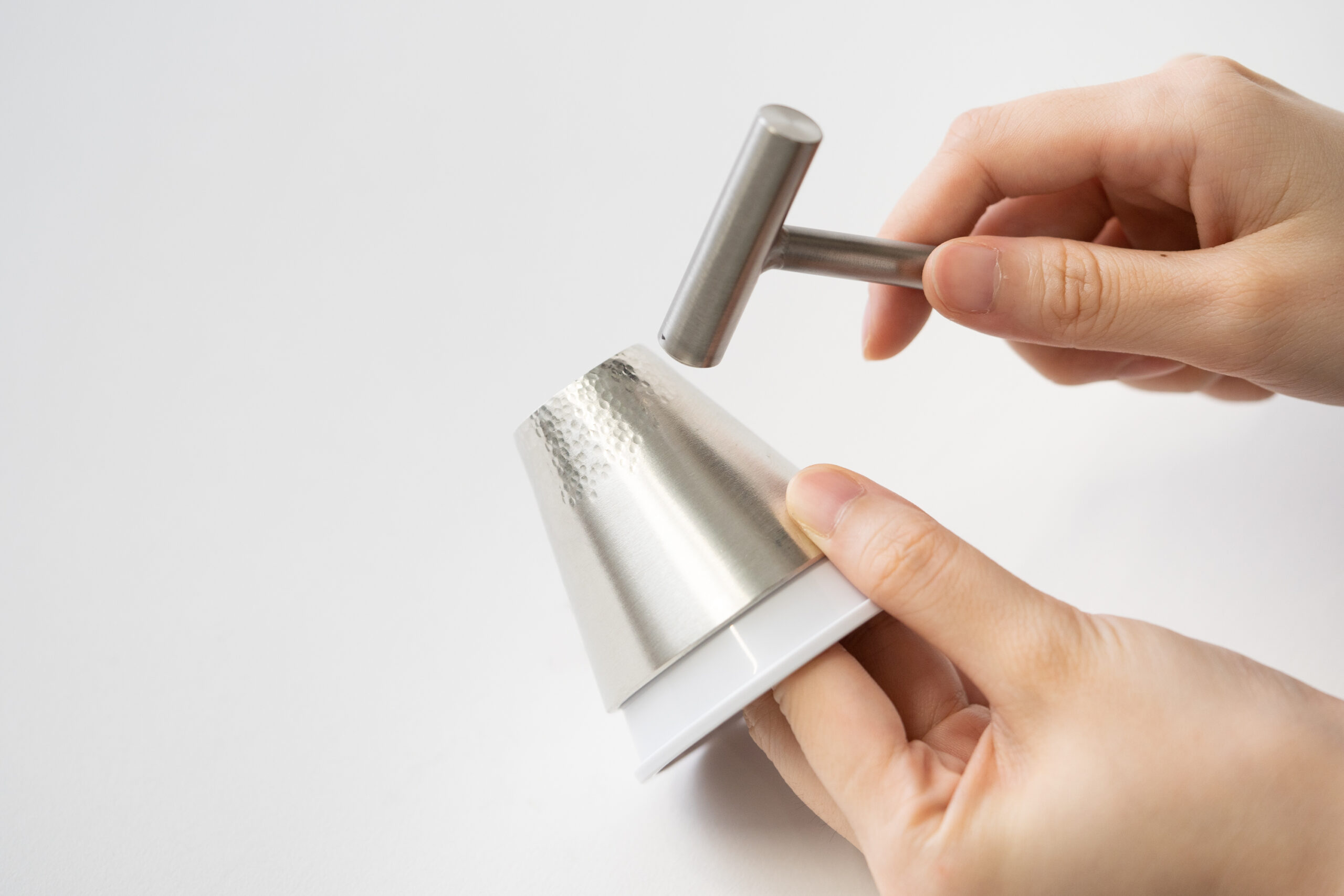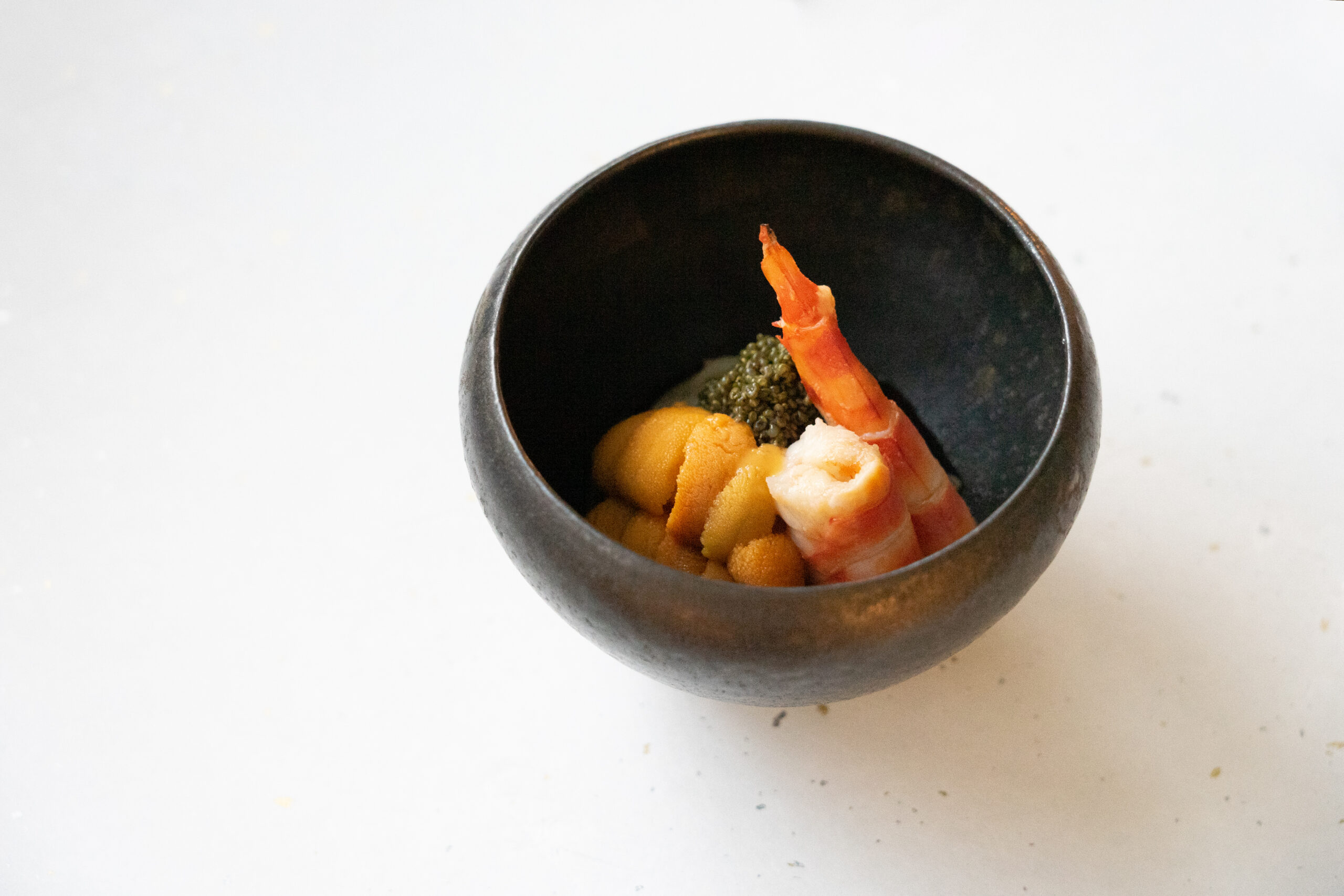What does it mean for people to use their hands? There are certainly things that can be expressed through the touch of our hands, and also a variety of things we can create with our hands. Writing letters, sewing clothes, playing musical instruments, cooking, and making ceramics and lacquerware all begin with the use of hands.
The Modern March toward Touchless
Recently, I have been thinking about the importance of using our hands in our daily lives. The initial impetus for this was the emergence of the new coronavirus, which has encouraged social distance and a move toward greater automation and touchless everything. Touchless payments and voice input are very convenient, but once begun there is never a turning back, and I suddenly realized that the only time I deliberately use my hands in a day is when I am using my computer and phone. If this course of action continues, I think that the day may even come when I can get through my entire day without using my hands at all.
E-Books and Paper Books
People developed their brains and acquired language through the use of manual tools – in other words, with their hands. The use of our hands must have once been central to humanity, but modern life is rapidly changing that. While our technologies continue to make the world more comfortable and convenient, I believe that the senses and abilities that people originally developed through the use of their hands have come to be somewhat neglected. Take, for example, e-books and paper books. E-books are convenient because they allow us to carry a large number of books with us and even have translation functions, but brain science has shown that paper books improve our memory retention. By reading a book while physically touching the paper and moving the pages, it is likely that engaging more senses helps us to memorize the information. In addition to the shift to computer-based education, school classes have also rapidly shifted online during the pandemic, but some in education are concerned that these changes may cause a decline in children’s academic ability. While there are many advantages to online classes, at the same time, the importance of learning through the body and the five senses is also being brought into focus.
Touch of Tableware
The same can be said for tableware at meals. It is easier to be impressed by a meal served on a natural ceramic or wooden dish made by human hands than on a plastic plate mass-produced by machines. Of course, I myself am fond of such dishes, and my attention may be drawn to them more than most people, but a meal is not just about enjoying the taste: the tactile experience of holding the dishes can make the time spent with them even more enjoyable. The unique texture and weight of the plate stimulates our hands, which in turn can bring back memories and emotions. Especially in Japanese food culture, where people eat while holding bowls in their hands, the quality of the material and the shape of the tableware becomes very important. Giving children utensils and chopsticks made of natural materials not only adds warmth to their meals, but also helps them to develop a sense of touch.
I have started keeping a written diary in a paper notebook since the beginning of this year. At work, I tend to utilize computers and smartphones, but in my personal life I am beginning to be more intentional about using my hands. Also, one of my long-lasting daily routines is to make drip coffee in the morning, but because I do it by hand, the taste changes slightly each day, even using the same beans. Drinking a cup of freshly brewed drip coffee in the morning is very calming, but I also feel like I am getting a little exercise for my hands and head by using my hands to make it. Similarly, I feel that making matcha tea, painting, or playing a musical instrument is also a good idea. I think it is important in life today to consciously move our hands when we wake up in the morning.
What the Human Hand Can Do
The future will be a hybrid world of advanced technology, such as automation and touchless technology, mixed with the kind of crafts and paper books that crave for the human touch. These days, in addition to purchasing crafts, workshops and homemade kits for making things are also popular, with kintsugi (metal-joining) and indigo-dyeing workshops so popular that reservations for them need to be made months in advance. It seems to me that people unconsciously try to maintain such a balance by taking advantage of these opportunities to move their hands and create things, even though they no longer use their hands in their daily lives. In this way, the chance to use one’s hands is a special opportunity for people, and there are still many possibilities left to be explored. As the world moves toward a touchless society, this may be a good time to rethink what only human hands can do and what only human hands can convey.
Yusuke Shibata



